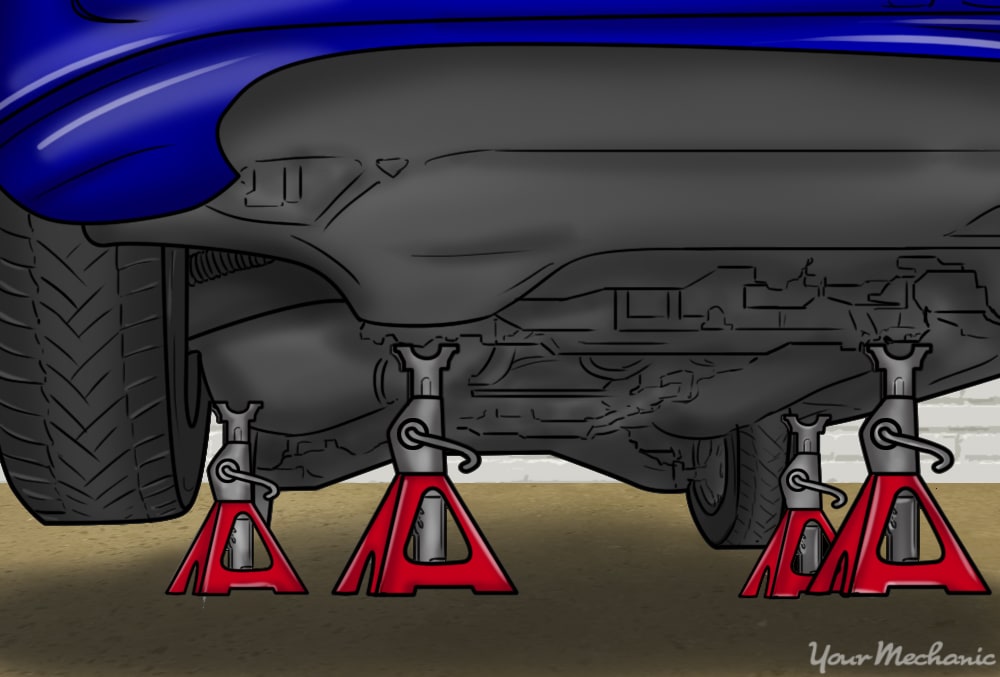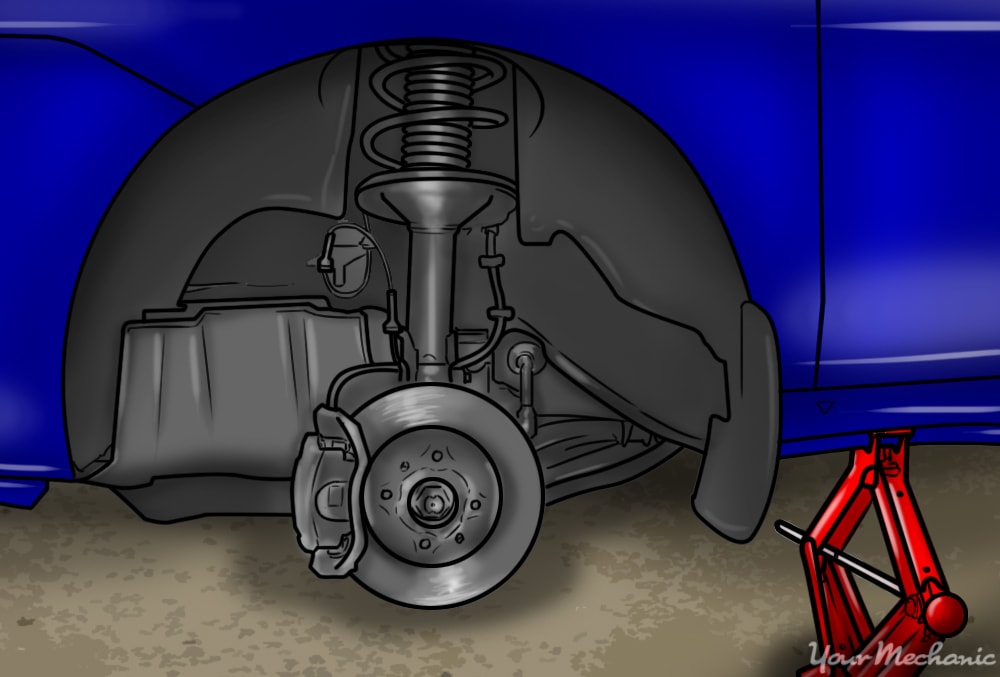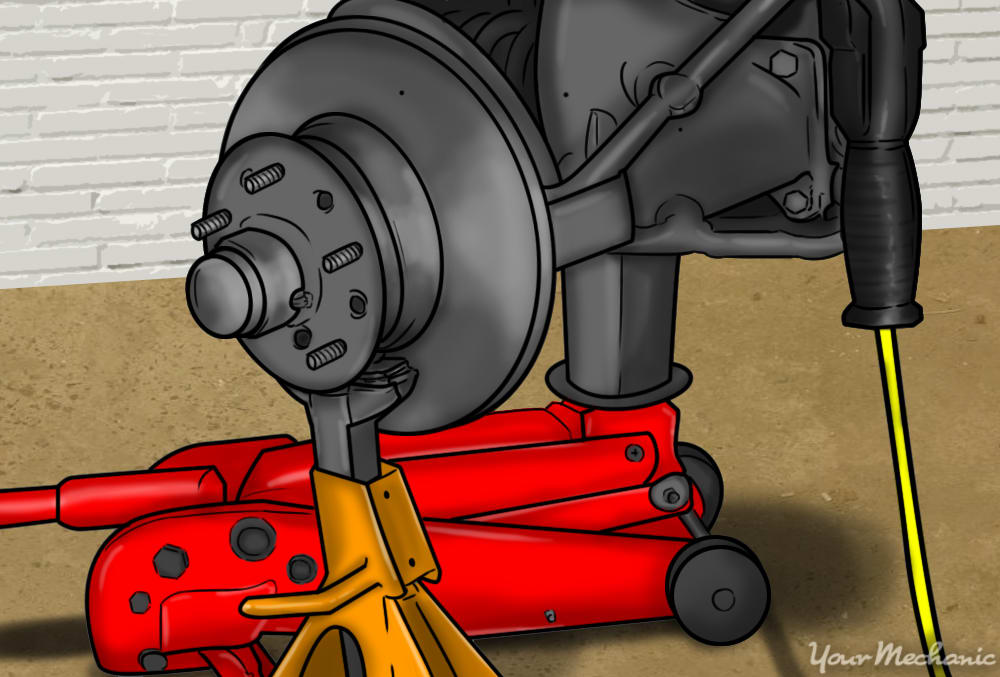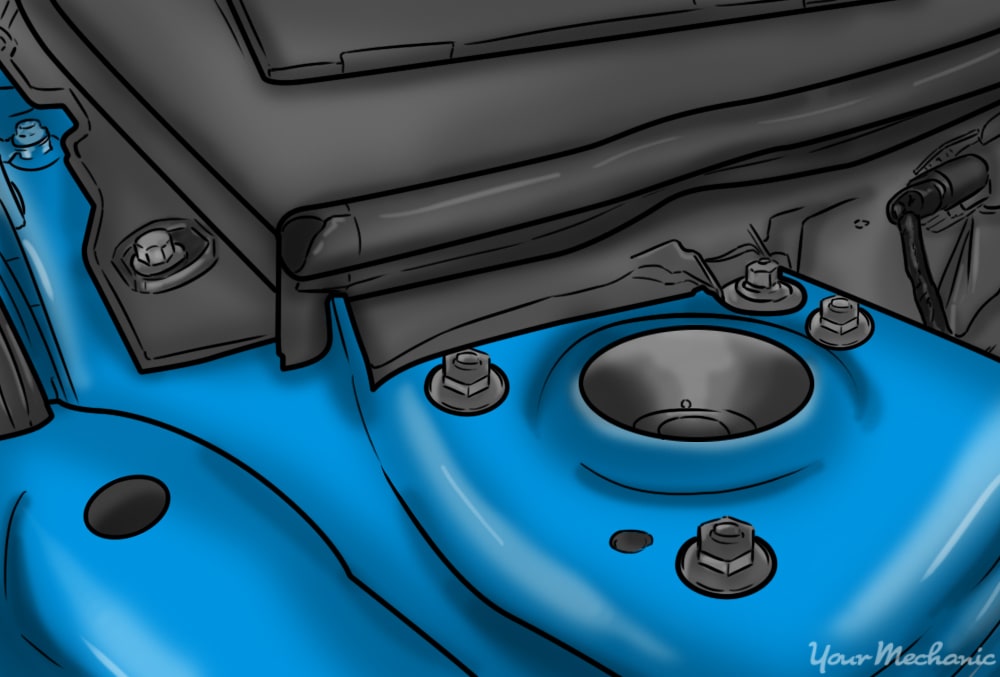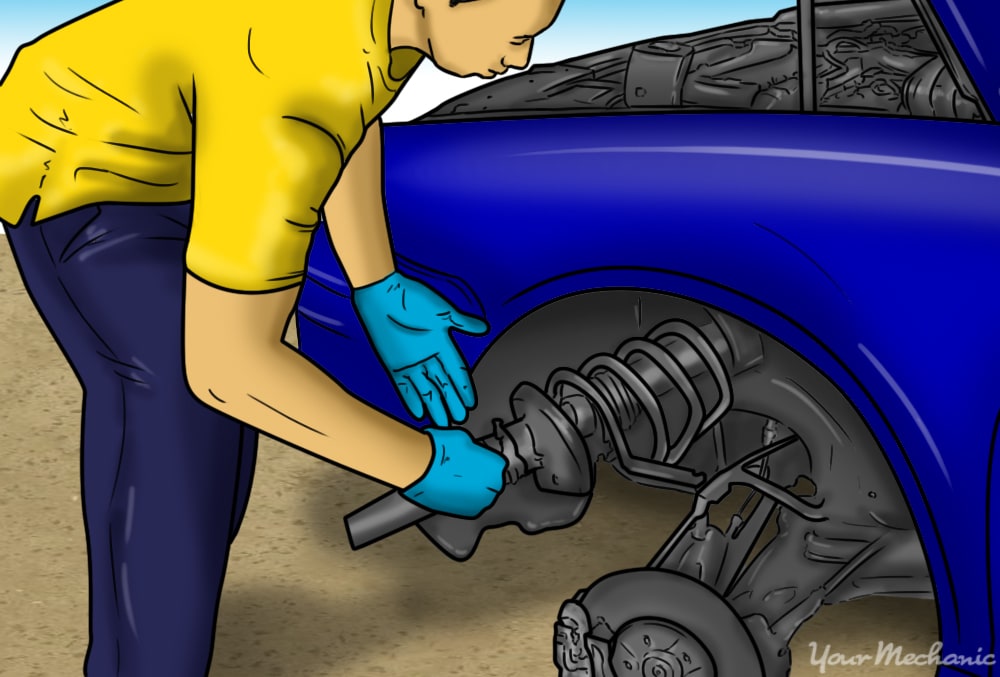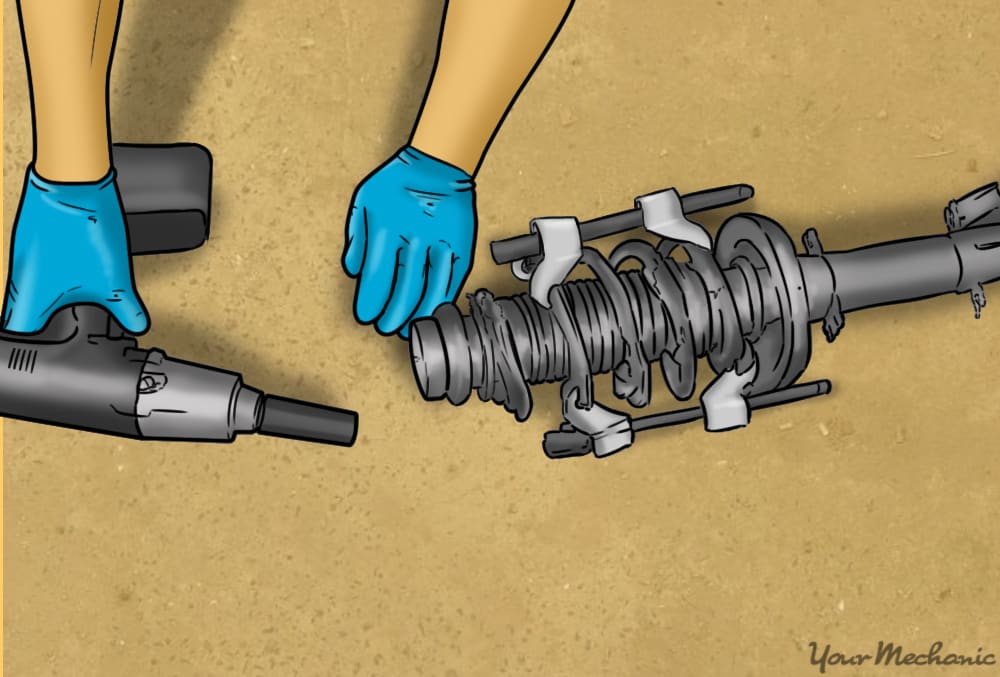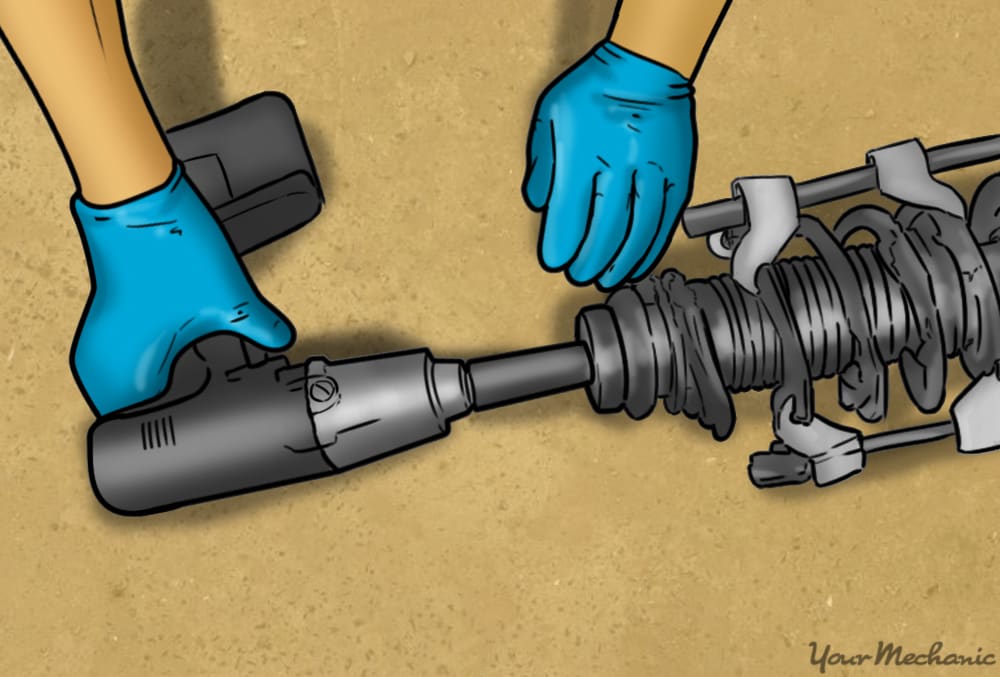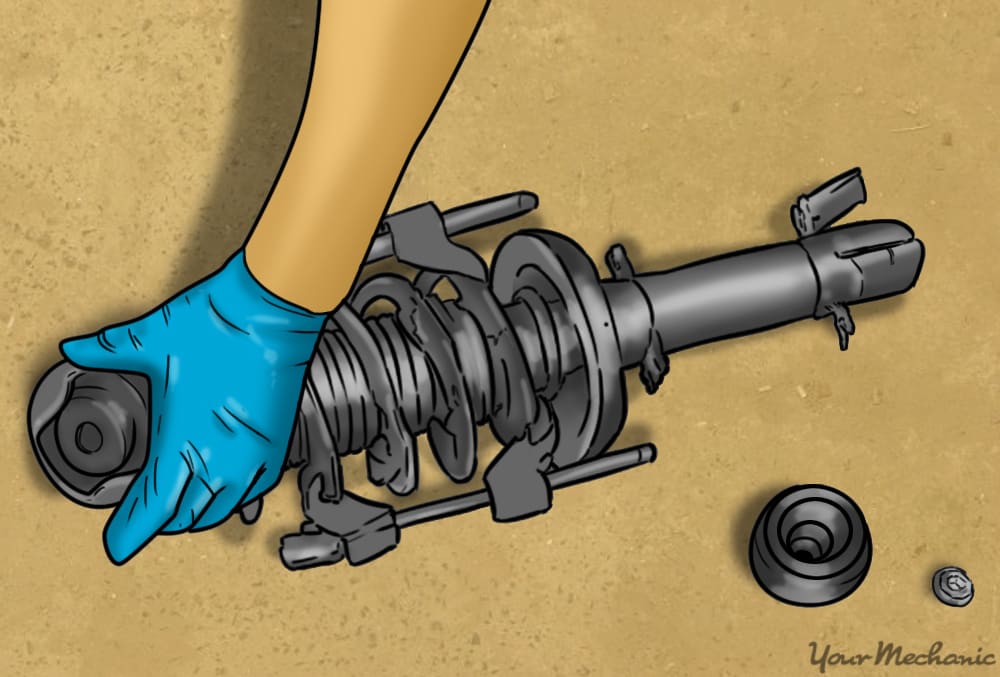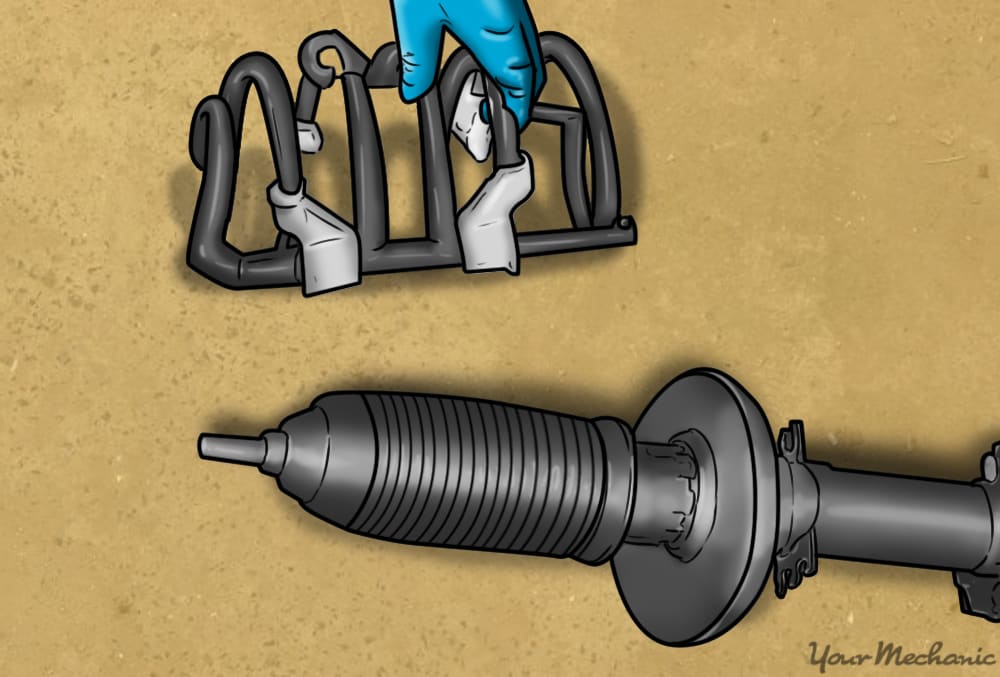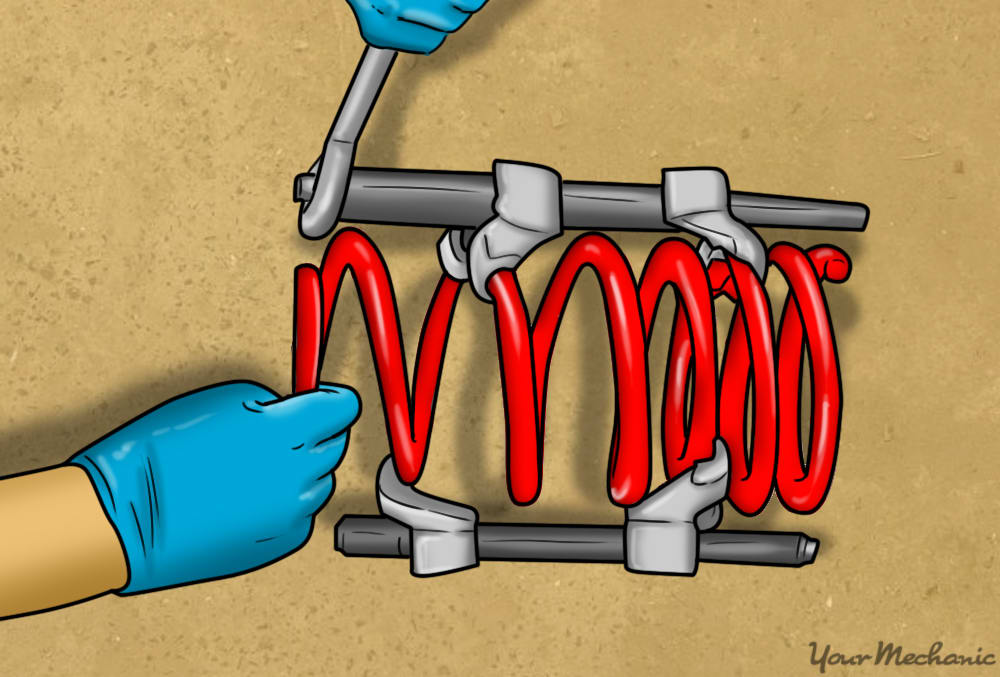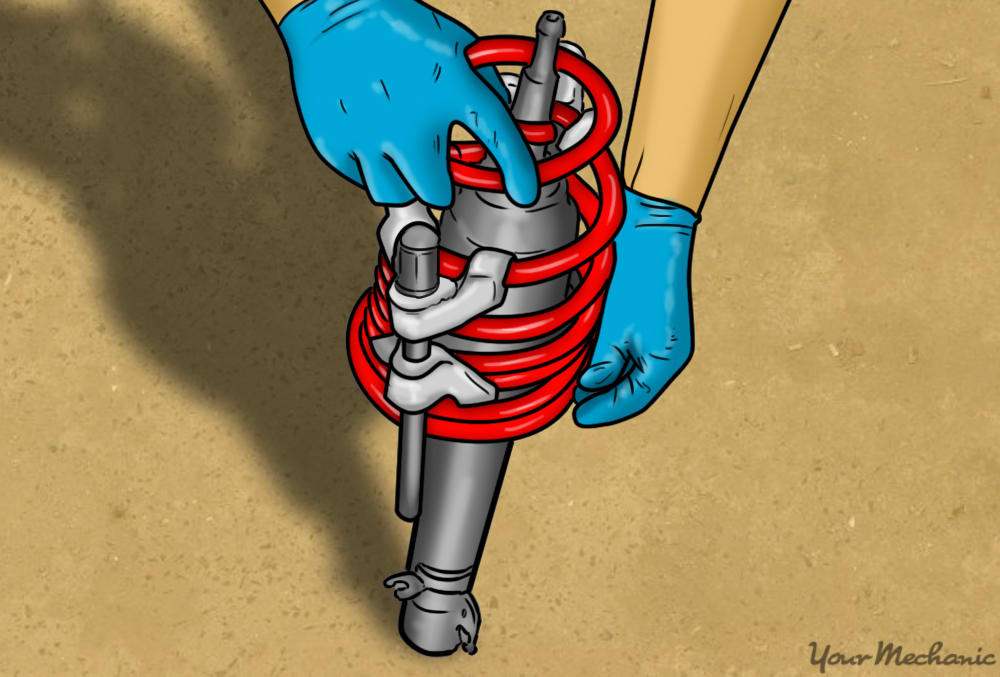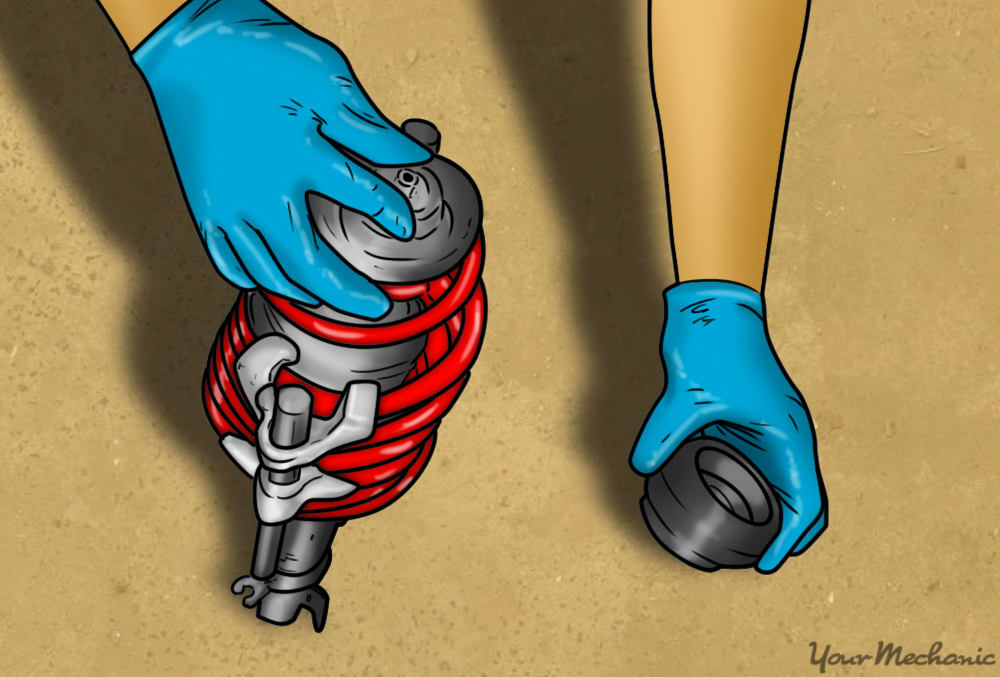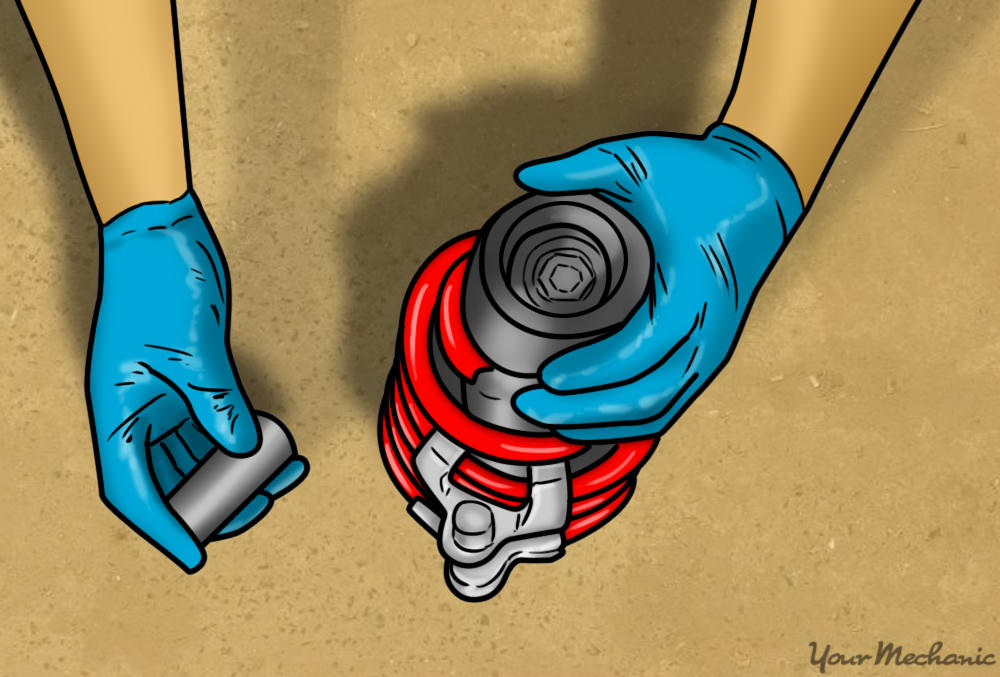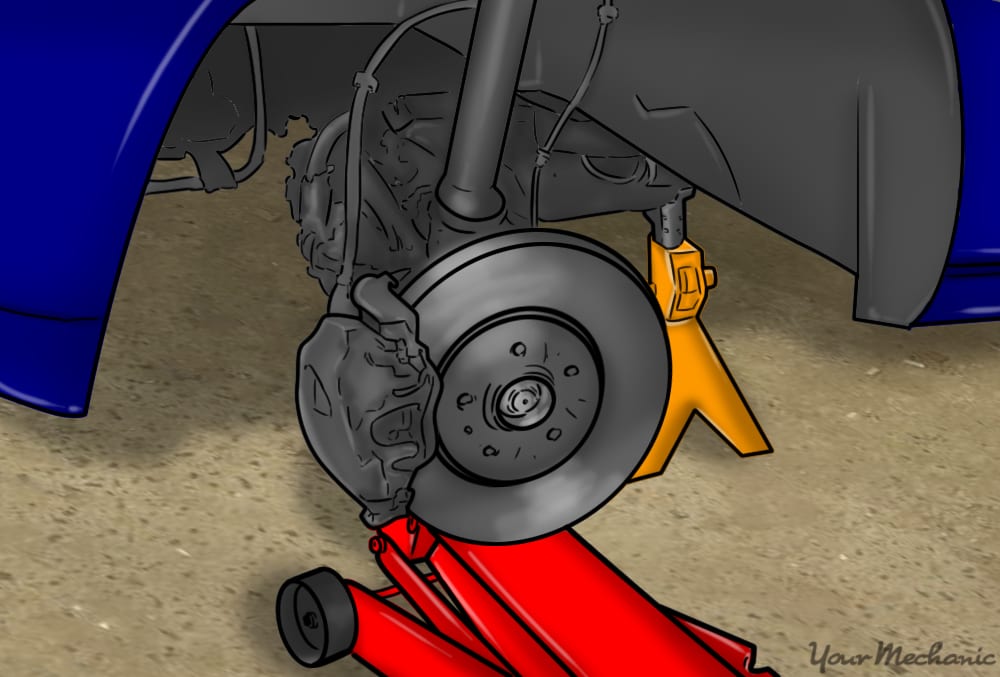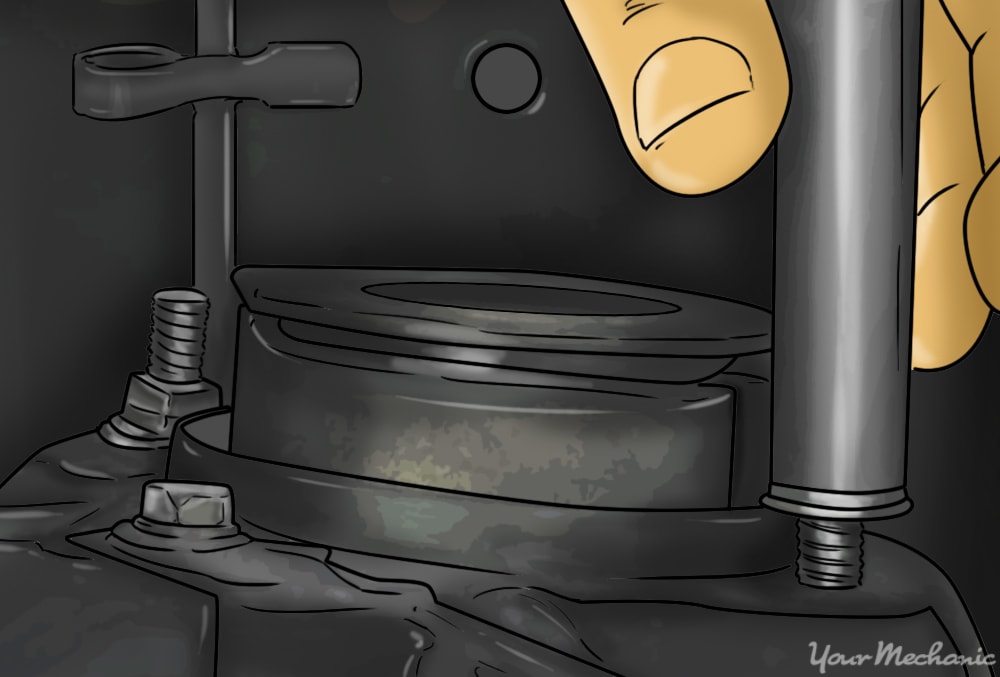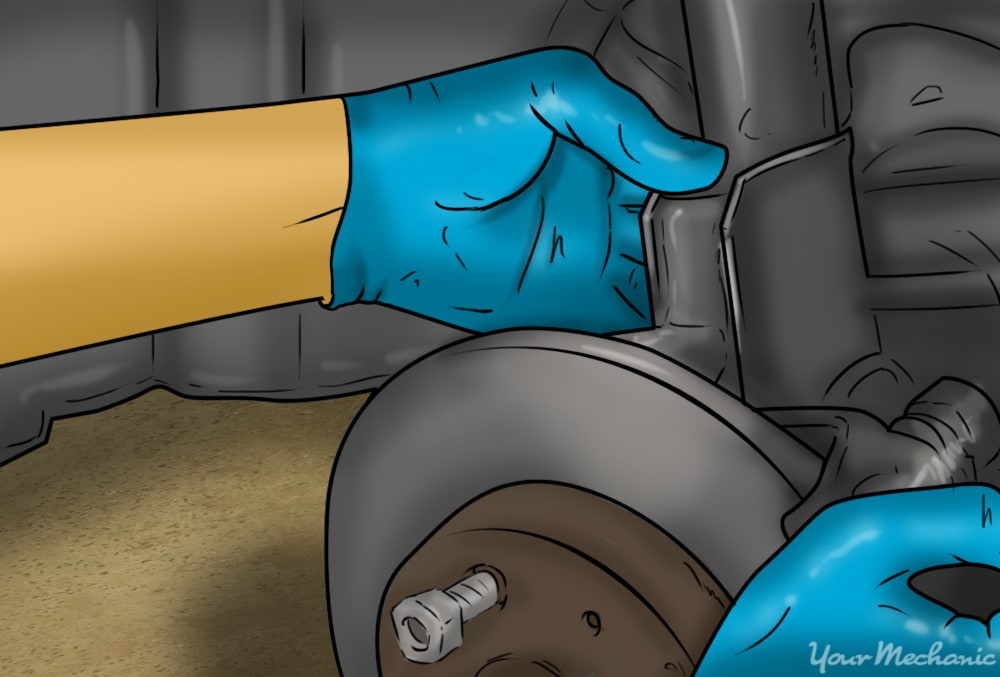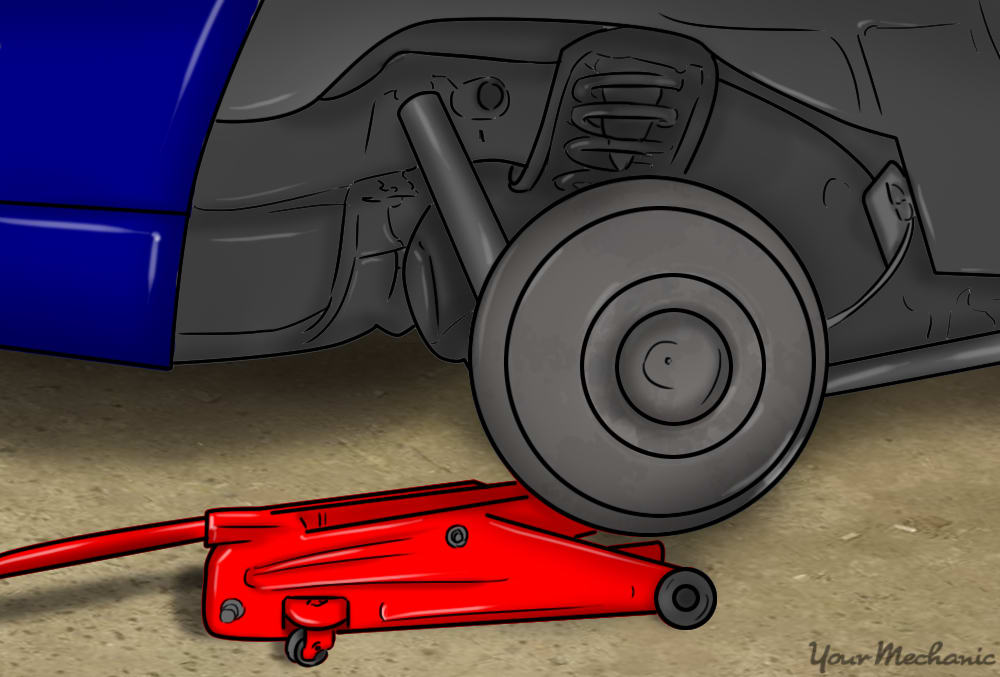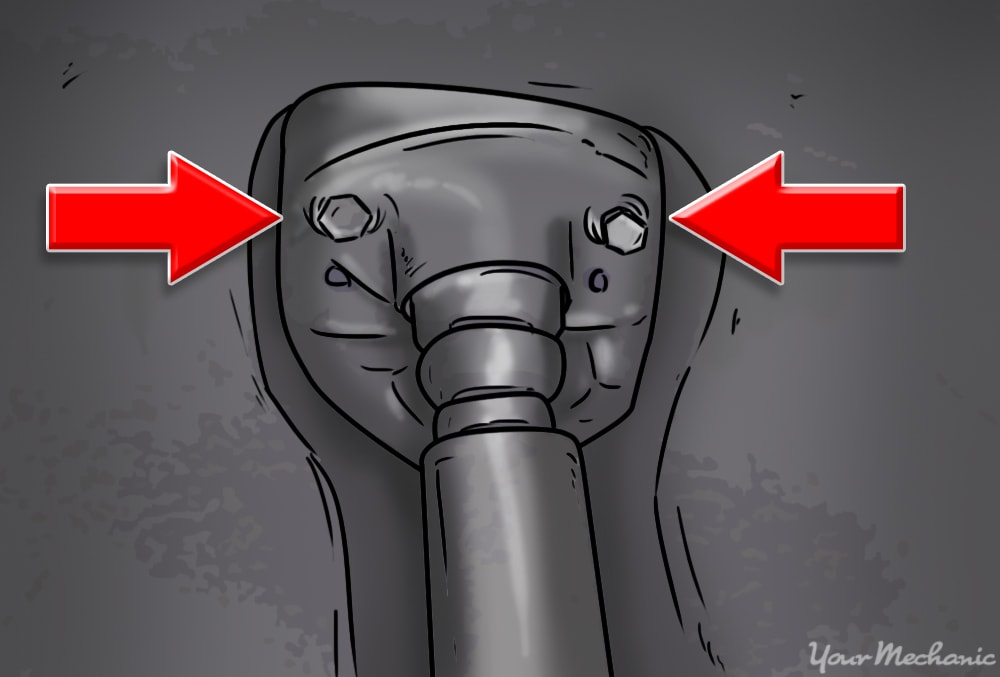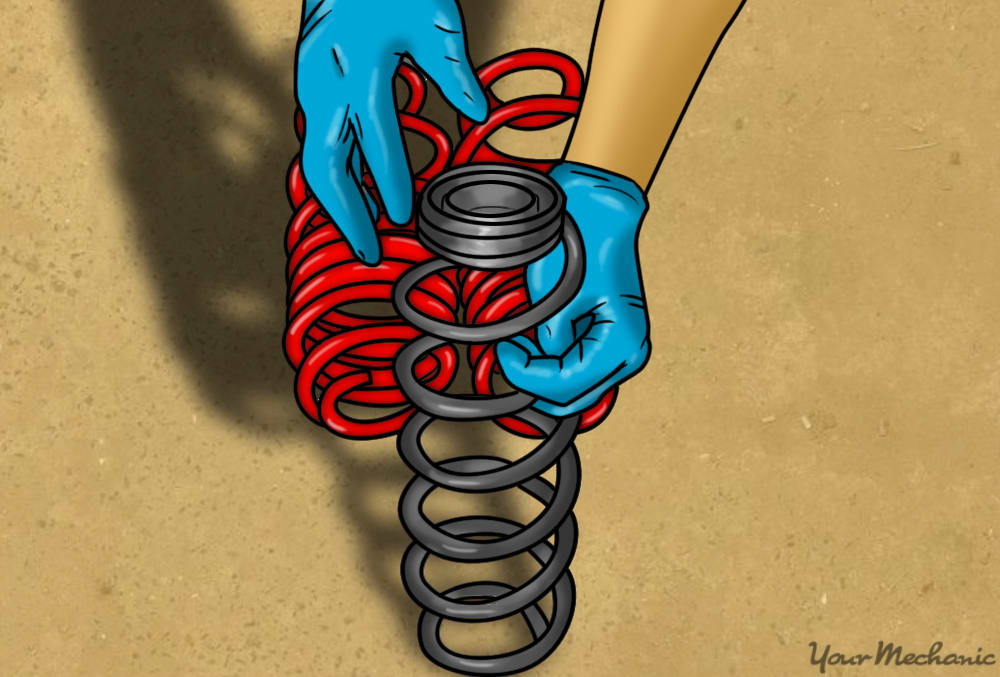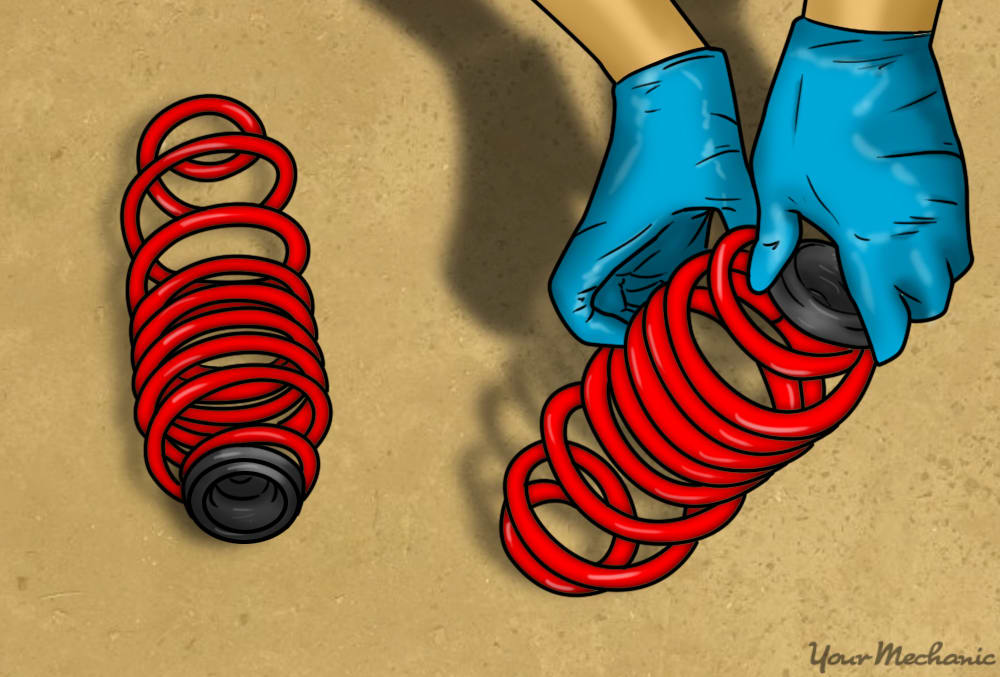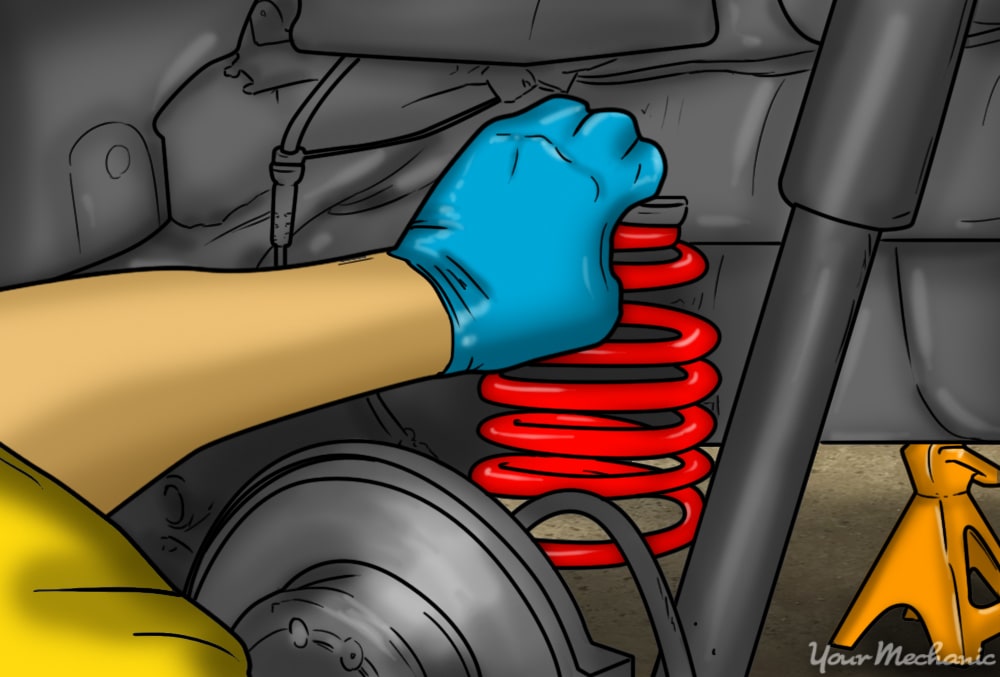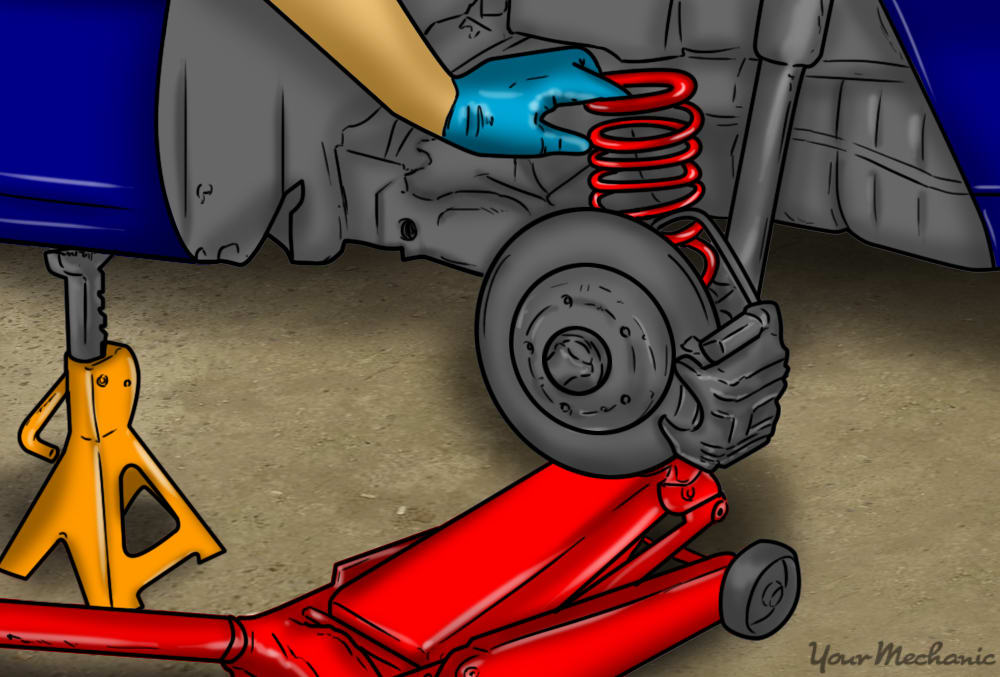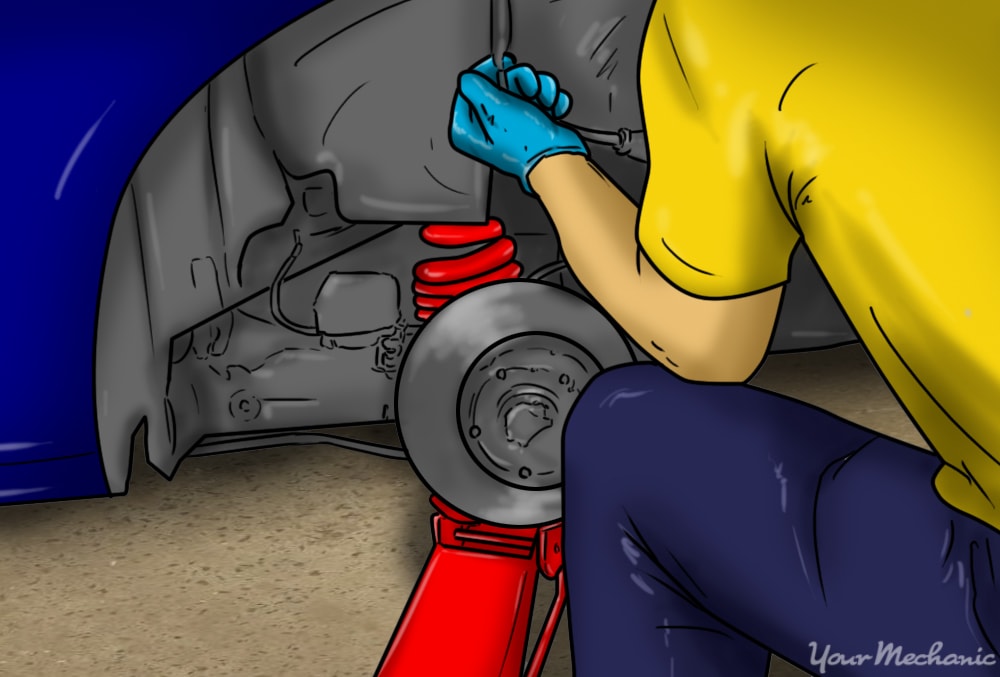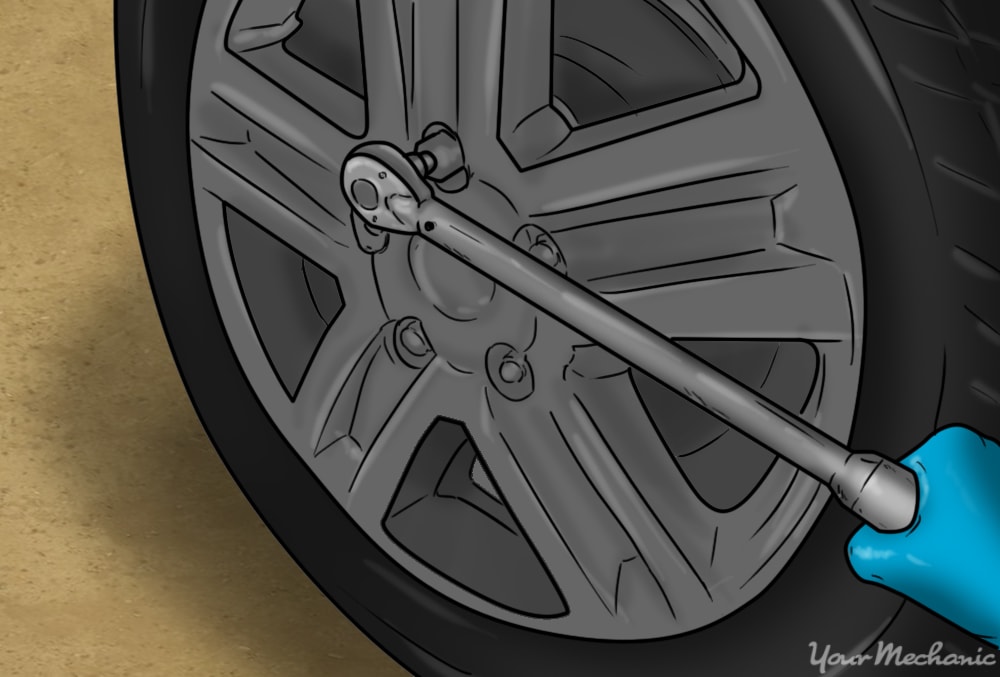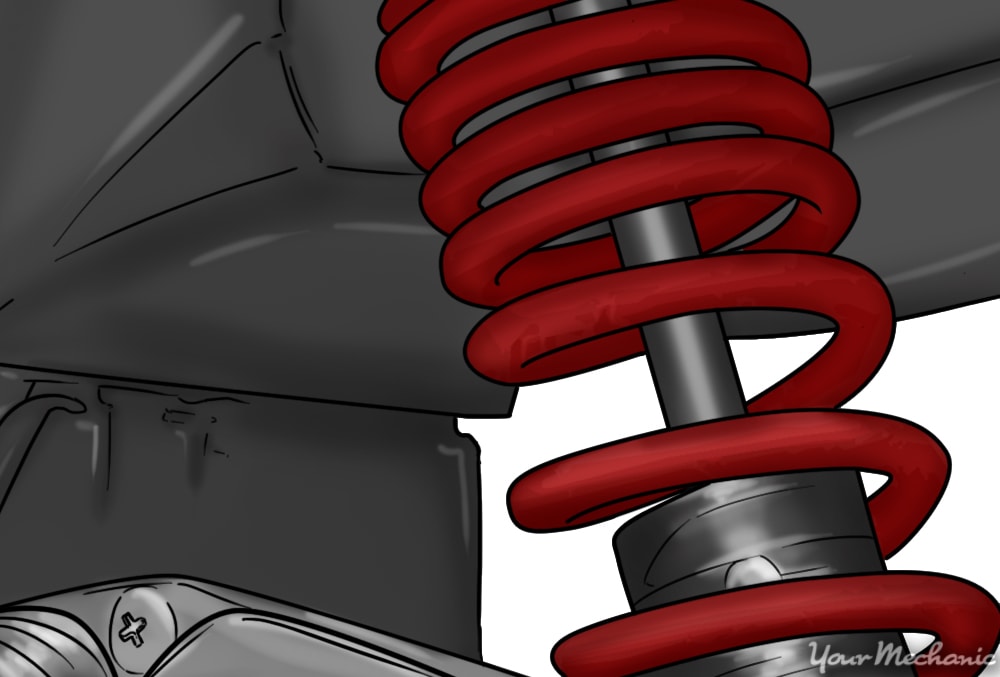

Switching out your stock springs for aftermarket springs can have a huge impact on your car. Whether you’re going for a sporty feeling, or even just a different look by lowering the car, new springs can make your car look and feel unique.
The only uncommon tool you’ll need for this job are the spring compressors. These are special clamps that compress the spring and allow you to remove and install them. Typically, if you don’t want to buy them, they can be rented at your local auto parts store. Don’t use any other sort of clamp on the springs or you may damage them. Even tiny little scratches and dents on the spring can seriously compromise its overall strength, so only use spring compressors.
Make sure you buy the correct style springs for your make and model. Also, keep in mind that lowering the car too much can cause the tires to rub on the wheel wells, so it’s worth it to make a few measurements.
Part 1 of 4: Removing the front springs
Materials Needed
- Allen wrench
- Breaker bar
- Hammer
- Impact gun
- Jack
- Jack stands
- New springs, usually in the form of a kit
- Ratchet
- Sockets
- Spring compressors
- Torque wrench
Wrenches
Tip: It is highly recommend that you use an impact gun for this job as there are quite a few bolts that you will have to remove. Using the impact gun is faster and won’t tire you out from turning wrenches all day. Also, if you use the impact gun, you won’t need the allen wrench.
Tip: Take a look in your vehicle repair guide or online to find sizes for all the nuts and bolts as they vary between make and model.
Step 1: Jack up the car. In order to remove the wheels and access the spring and shock absorber, you will need to raise the vehicle.
On a flat, level surface lift the car up with your jack and lower it on to some jack stands.
- Tip: Be sure to loosen the lug nuts with a breaker bar or impact gun before lifting the wheels off the ground. Otherwise the wheels will just spin in place when you try to loosen the lug nuts later.
Step 2: Remove the wheels. Most spring compressor kits come with four springs, so remove all four wheels.
If the kit only has two springs, or if you don’t have enough jack stands, you can do two wheels at a time.
Step 3: Place the jack underneath the lower control arm. Starting with one of the front wheels, use the jack to raise up the whole wheel hub slightly.
This will help support the lower control arm so it doesn’t fall later when you remove some nuts and bolts.
Step 4: Remove the bottom bolts that hold the shock absorber on the wheel hub. Use a wrench to hold one side while you undo the other with a ratchet or impact gun.
The bolt can sometimes be difficult to remove once the nut is off, but you can use a hammer to lightly tap it out.
Step 5: Remove the mounting nuts at the top of the strut. Remove the nuts that hold the top of the strut to the body of the car.
If you don’t have an impact gun, you may need an allen wrench and deep offset wrench to loosen the top mounting.
Step 6: Remove the strut. With the bottom and top mounting bolts removed, you can remove the whole strut assembly.
You can lower the jack slightly to let the control arm drop. It should come out of the top of the wheel hub without too much trouble, but you may need to tap the wheel hub with a hammer to dislodge the connection.
Step 7: Compress the springs. With the whole strut assembly removed, you will need to compress the springs to relieve the pressure so you can remove the top retaining nut.
Use two spring compressors, each on opposite sides of the spring, and tighten each little by little until you can spin the top mount freely. Having an impact gun for this part makes the job much easier and faster.
- Warning: If you don’t compress the springs before unscrewing the retaining nut, the pressure from the springs will cause the top to shoot off and can injure you or others around you. Always compress the springs before removing the retaining nut.
Step 8: Remove the retaining nut. With the springs compressed, you can safely remove the retaining nut.
Step 9: Remove all of the mounting pieces. Typically there will be a rubber dampener, a bearing to let the strut rotate, and a top seat for the spring. Remove each of these pieces.
Be sure to save all the pieces and lay them out so you can put them on the new springs in the exact same way.
Step 10: Remove the spring from the strut. After taking the spring off of the strut, unclamp the spring compressors so you can use them to later install the new springs.
Step 11: Inspect all the mounting pieces. Ensure that none of the mounting pieces shows signs of damage.
Make sure the rubber dampener isn’t cracked and brittle, and make sure the bearing still spins freely.
Part 2 of 4: Installing the front springs
Step 1: Compress the new springs. You won’t be able to get the retaining nut screwed on without compressing the springs first.
Same as before, use two spring compressors, each on opposite sides of the spring, and alternate between sides to compress the spring evenly.
Step 2: Place the new spring on the strut. Be sure to seat the bottom of the spring against the groove in the base of the strut as you place the spring on it.
This helps prevent the spring from rotating.
- Tip: Use the lettering on the spring to make sure you install it the right way. You should be able to read the letters on the spring once it’s installed, so use these to make sure it’s oriented correctly.
Step 3: Reinstall the mounting pieces. Make sure to replace the mounting pieces in the same way you removed them. Otherwise, the assembly may have trouble rotating.
Step 4: Replace the retaining nut. Start screwing in the retaining nut by hand.
Once you can’t turn it with your hand anymore, use a wrench or an impact gun to tighten it down further.
Remove the spring compressors to fully tighten down the retaining nut to the correct torque specification.
Step 5: Place the strut back into it’s mounts. You’re now ready to put the strut back into the car with the new spring.
- Tip: Use the jack to help support the weight of the suspension and lift up the whole assembly so you can line up the holes.
Step 6: Replace the top mounting nut. Line up the top of the strut with it’s mount. Once the screws are lined up, start installing the mounting nut or nuts by hand to help hold the weight of the strut while you line up the bottom.
Step 7: Replace the bottom mounting bolts. Line up the bottom mounting holes and insert the bottom mounting bolts.
Tighten them down to the correct torque specification.
Step 8: Torque down the top nuts. Go back to the top mount and tighten the nuts down to the correct torque specification.
Step 9: Repeat with the other side. It will be the same process to replace the other side’s spring, so simply repeat Parts 1 and 2 on the other front spring.
Part 3 of 4: Removing the rear springs
Step 1: Support the rear wheel hub. Like you did with the front, you will need to support the wheel hubs so they don’t fall when we remove the bolts on the shock absorber.
- Tip: Since we’ve already finished with the front suspension, you can put the front wheels back on and use the jack stands to help support the rear.
Step 2: Remove the nuts on the shock absorber. You can remove the nuts at the top that hold the shock to the body or the bolt at the bottom of the shock that connects it to the control arm.
Step 3: Pull out the spring and any mounting pieces. Take out the spring and remove its mounting pieces.
There should be a rubber dampener and maybe another piece to help seat the spring at the bottom.
Make sure to set them aside to be later transferred onto the new spring. Inspect these pieces for damage as well.
Part 4 of 4: Installing the rear springs
Step 1: Install the rubber dampener on your new spring. Make sure you put the rubber dampener on the correct side of the spring.
Install any other mounting pieces as well, in the order that they were on the old spring.
- Tip: As with the front springs, if you can read the writing on the spring then it is oriented correctly.
Step 2: Place the spring in the bottom seat. Set up the spring so it’s in place for when you raise up the hub and reconnect the shock absorber.
Step 3: Jack up the wheel hub. In order to line up the shock absorber with the mount, you can jack up the rear wheel hub.
The jack will keep the hub supported while you get the nuts started by hand.
When lifting the hub and lining up the shock absorber, make sure the spring seats properly at the top. There is typically an indent on the frame that prevents the spring from moving around. Make sure the rubber dampener goes around the indent.
Step 4: Tighten the nuts to the correct torque specification. Once everything is lined up and positioned correctly, tighten the nuts for the rear shock to the correct specifications.
- Warning: You never want to overtighten nuts or bolts as this stresses the metal, making it weaker, especially with suspension components that receive hard knocks every day.
Step 5: Repeat with the other side. It will be the same process to replace the other side’s spring, so simply repeat Parts 3 and 4 on the other rear spring.
Step 6: Put the wheels back on. Now that the new springs are installed, you can re-attach the wheels.
Make sure they are tightened to the correct torque specification.
With the suspension and wheels back on, you can lower the car back down to the ground as well.
Step 7: Go for a short drive. To test out the new suspension, take your car for a drive.
Start with residential streets and take it slow. You want to let the springs and other components seat before you do any quicker driving. If everything seems okay after a few miles, then the suspension has seated properly.
With the new springs installed, your car is now ready for the track or car show. Keep in mind, if you’re handling doesn’t feel normal during the test drive, you should stop and have a professional, such as one of the certified technicians at YourMechanic, inspect the components to make sure everything was installed correctly. If you do not feel confident installing new springs on your own, you can also have one of the technicians at YourMechanic perform the replacement for you.



